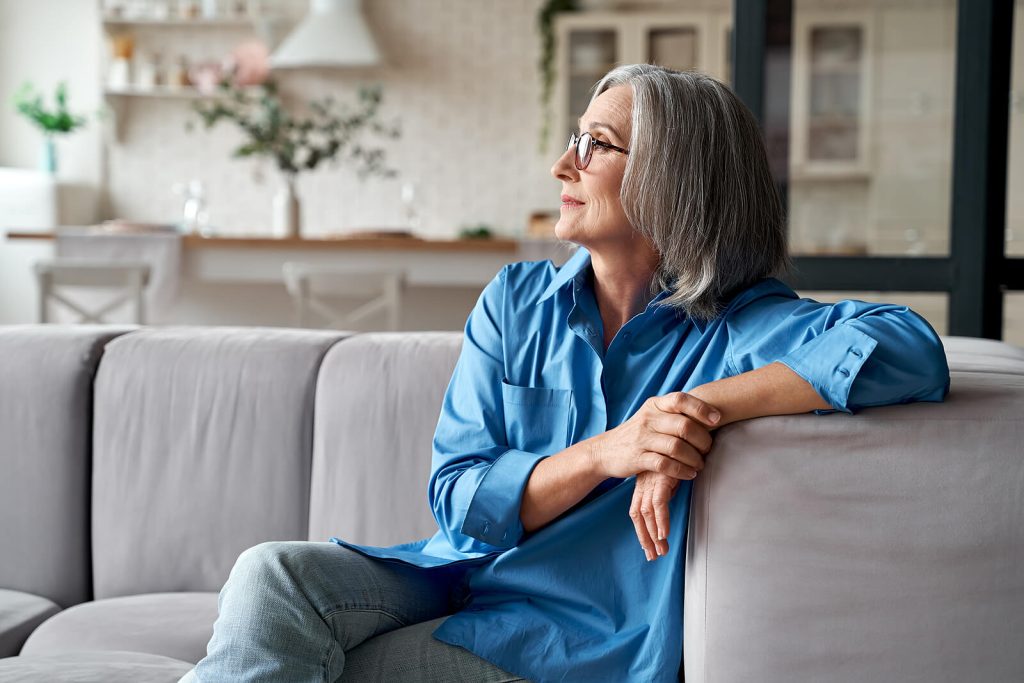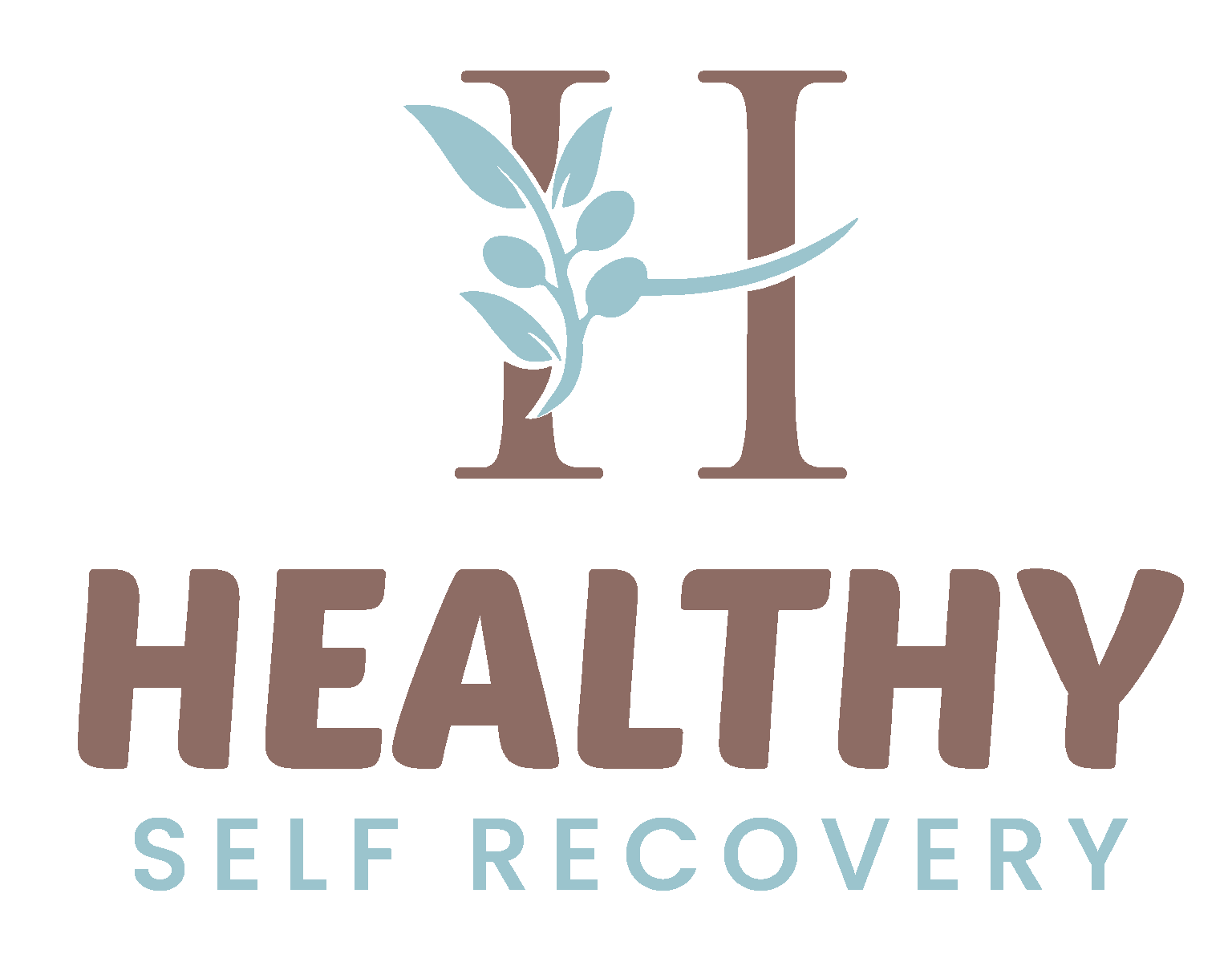Understanding the All In approach
The “All In” approach to recovery from an eating disorder originally came from a YouTuber called Stephanie Buttermore. Stephanie was a fitness influencer who had spent years cutting and bulking, cutting macros and counting calories. She was experiencing extreme hunger, constantly thinking about food, and was suffering from irregular periods. I should mention that, despite her extreme hunger and food preoccupation, she did not seem to have rigid rules. She also did not show the black-and-white thinking that often comes with an eating disorder. Stephanie decided to commit to eating every meal to complete satiety and to document this journey via YouTube.
She often ate 5,000-calorie meals—especially in the beginning—to feel completely full and content after each one. But she felt satisfied and stopped fixating on food all the time. At first, her weight increased quickly. Then, the weight gain plateaued. About a year later, she lost some weight, and her weight stabilized. Since then, this “All In“ approach has become a term used in the eating disorder recovery coaching world to describe a full commitment to recovery.

What Does “All In“ Mean?
In the early stages of eating disorder recovery, extreme hunger is common. It is a natural response to starvation. Giving yourself full permission to respond to this hunger is important. Eating may not look “normal” at this stage. Some people may need to eat twice as much as the average person—around 4,000 to 5,000 calories a day—to truly honor that hunger.
All In means:
- Having unconditional permission to eat to fullness and to honour and act on both physical and mental hunger
- Not following a meal plan and no macro or calorie counting
- Giving up exercise and allowing your body to rest
- Not engaging in eating disorder behaviours
- Not weighing yourself or measuring your body in any way
Potential Benefits of Going “All In”
- Commitment to full recovery- no dancing with ambivalence
- Weight restoration often happens faster when a person stops resisting hunger and restriction. Trusting hunger cues allows the body to get the food it truly needs. This helps it repair and recover more quickly.
- Learning to trust hunger and with time fullness cues is a major step to eating intuitively
- It means breaking food rules and facing fear foods. You do this by giving yourself full permission to eat all types of food. This includes higher-energy options like burgers, ice cream, peanut butter, and cake. These are often the foods people crave most during recovery.
- Normalises portion sizes and regular eating

Potential Drawbacks of Going “All In”
- Weight restoration alone is not full recovery. Eating disorders are more than just about the food, and while nutritional rehabilitation is a crucial aspect of recovery, it is not the ONLY factor that needs to be addressed. Full recovery comes about through full nutritional rehabilitation AND neural rewiring. Eating disorders are driven by heavily entrenched thoughts, behaviours, and a rigidity of thinking, and eating alone won’t retrain the brain to change these. Therapy, working with an eating disorder recovery coach and a dietitian to become aware of and to consistently reframe and react differently to these thoughts and beliefs, is how rewiring happens.
- High levels of Distress over portion sizes and the amount one is eating. In particular, restrictive eating disorders are driven by extreme anxiety about the consequences of food. You simply cannot flip a switch and turn off these eating disorder thoughts, and so a lot of distress about the quantities and types of food that you are eating, and comparison to other people’s portions, can cause an unwarranted fear of binge eating and of being completely out of control.
- Extreme fullness and GI issues – if someone is underweight and/ or has been restricting their digestive system slows down and is unable to cope with larger volumes of food. When looking to increase the volume of food, this often causes a lot of GI discomfort with extreme fullness, bloating, and pain, and most likely means that they will not be able to eat as much as the All In approach requires.
- All in eating can lead to rapid changes in the body. For someone with a history of an eating disorder, this can be challenging. It is important to have support in place to cope with these changes and any body image distress that may come up.
- Going All-In is dangerous for anyone who is medically unstable and at risk of refeeding syndrome due to severe malnutrition
Is the “All In” Approach Right for You?
Stephanie Buttermore showed incredible courage and vulnerability in sharing her journey with extreme hunger. Since then, the concept has gained attention. Partly because it reflects the brave choice to fully honor one’s hunger cues and energy needs.
However, I personally don’t believe it to be a feasible or realistic approach for most people who suffer from an eating disorder. Eating disorders are deeply rooted, complex mental illnesses. If recovery were as simple as waking up one day and starting to listen to and honour your hunger, then no one would have any struggles or challenges with it. Furthermore, eating disorders serve a purpose to the sufferer, which is why ambivalence toward recovery is so common, and I have yet to know anyone to be fully committed to recovery at all times. It is also worth noting that many of the people who have gone “All In” have done so after many attempts at recovery, which suggests that it is something some people arrive at after an extensive struggle with recovery rather than an initial strategy.
Ultimately, there is no single “right” way to recover from an eating disorder. At Healthy Self-Recovery, we understand that it is a deeply personal journey that takes time, effort, and a comprehensive SUPPORT system to address both the physical and emotional aspects. The most important thing is to find the approach and support that feels sustainable and right for YOU.

Break Free from Food Fear with Eating Disorder Recovery Coaching in England and Online Globally
You deserve a life where food no longer controls you. At Healthy Self-Recovery, we offer compassionate support to help you respond to your hunger without guilt or shame. Start your journey today with eating disorder recovery coaching that empowers you to heal fully—body, mind, and soul. Follow these three simple steps to get started:
- Contact me to schedule a free discovery call to see if Eating Disorder Recovery Coaching is right for you.
- Begin meeting with me, Marianna Miles, a British Eating Disorder Recovery Coach
- Start breaking free from food fear!
Additional Services Offered at Healthy Self Recovery
As your eating disorder recovery coach, I am here to walk alongside you on your healing journey and support lasting transformation. Each eating disorder recovery coaching session is tailored to help you work through the emotions, thoughts, and behaviors that fuel your eating disorder, with optional text support available for added accountability and encouragement between sessions. Recovery often feels isolating, but my goal is to offer steady, compassionate support so you never feel alone.
I also provide meal support sessions to help you navigate food challenges, break unhelpful patterns, and develop practical coping tools, all while staying connected with your treatment team to support your overall progress. While I offer my services throughout England, Scotland, Ireland, and the rest of the UK, I also provide online support to clients across the globe. Together, we will build a recovery path that reflects your unique needs—helping you move toward a life rooted in freedom, confidence, and self-trust.








